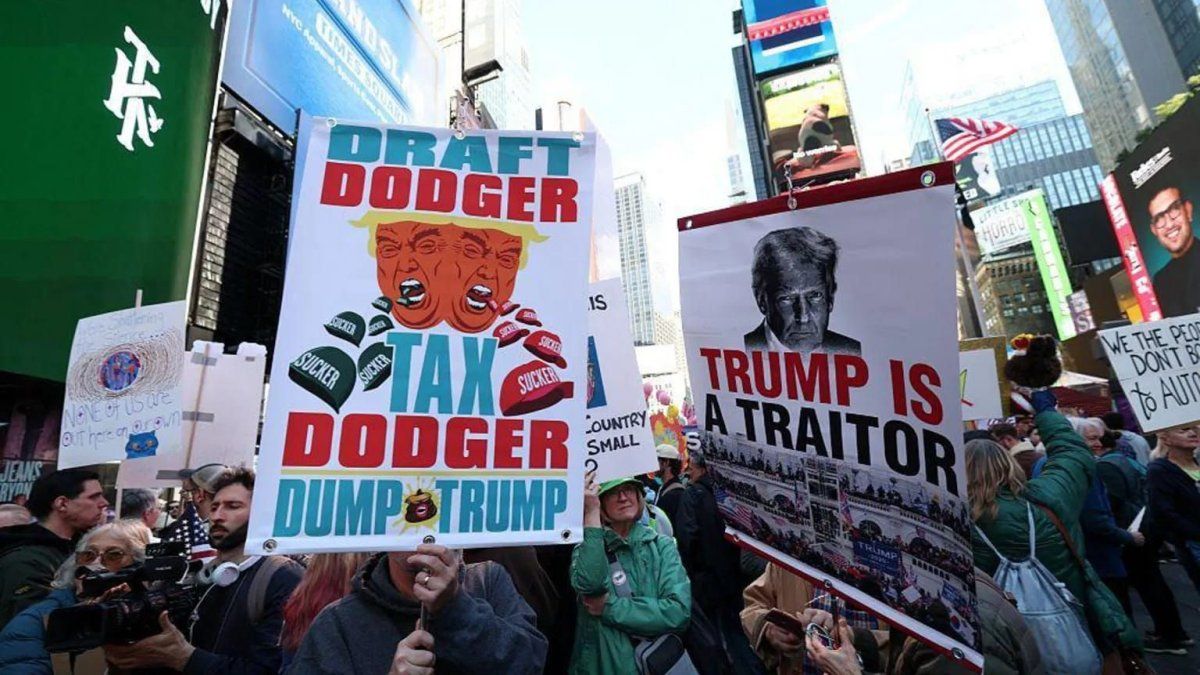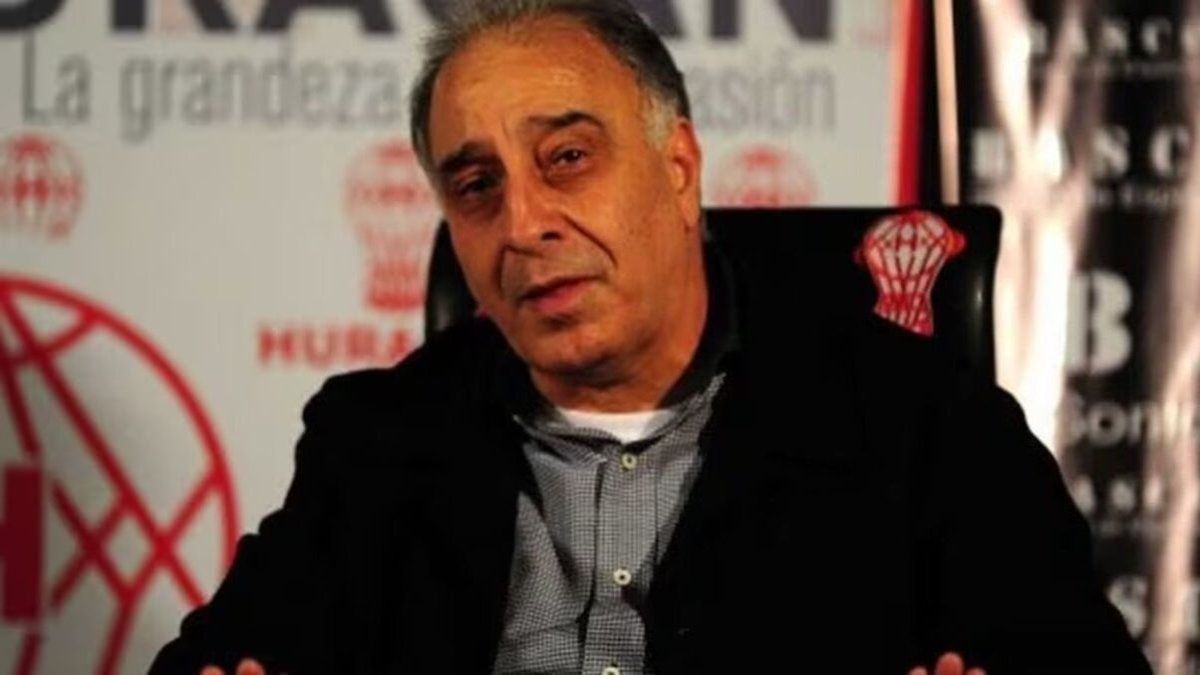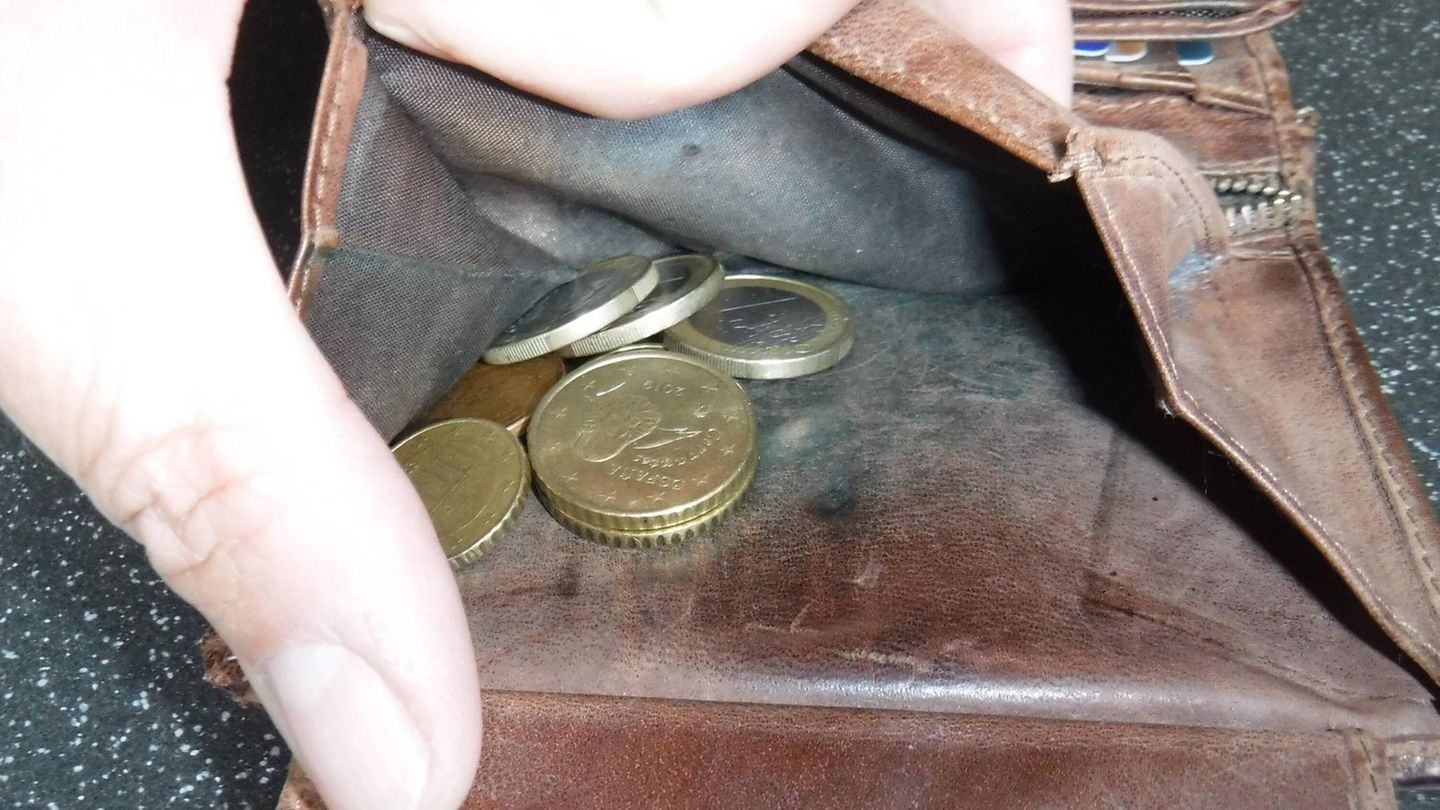The Saarland elects a new state parliament – as the first federal state since the federal elections in autumn. The SPD has a good chance of becoming the strongest force again for the first time in more than two decades.
Six months after the SPD victory in the federal elections, a state parliament will be re-elected for the first time today.
In Saarland, more than 750,000 voters decide whether there will be a change of power after more than two decades. In the polls, the CDU with Prime Minister Tobias Hans was recently well behind the SPD, previously the smaller partner in a grand coalition. The previous Deputy Prime Minister, Economics Minister Anke Rehlinger, has a good chance of becoming the first Social Democratic Prime Minister in the Saar.
Polling stations open at 8 a.m. The first projections are expected shortly after the closure at 6 p.m. The provisional official final result should then be known in the evening. Saarland, with almost a million inhabitants, is the smallest of the federal states. The state parliament with 51 members is the smallest in Germany. Nevertheless, the election is also considered a mood test for federal politics. State elections will be held in Schleswig-Holstein, North Rhine-Westphalia and Lower Saxony this year.
The SPD last provided the prime minister in 1999
The CDU has been the head of government in Saarbrücken for almost 23 years. However, Hans is his party’s top candidate for the first time. The 44-year-old took over the post in 2018. CDU predecessor Annegret Kramp-Karrenbauer then switched to federal politics. For Rehlinger (45) it is the second attempt to become head of government. The SPD last provided the prime minister in the Saar until 1999.
According to the polls, it is quite possible that there will be another grand coalition in the future – this time, however, under the leadership of the SPD. Hans has left open whether he would go into the cabinet as a deputy under Rehlinger. The future constellation also depends on which of the other parties makes it into the state parliament. So far, the left and the AfD are still there. According to the polls, however, it is not certain that they will make it back over the five percent hurdle. The same applies to the Greens and the FDP.
Polls: SPD clearly ahead
The ZDF “Politbarometer” saw the SPD this week at 41 percent (election 2017: 29.6 percent) far ahead of the CDU with only 28 percent (40.7 percent). For the left there were only four percent (12.8), for the AfD 6.5 percent (6.2), for the Greens 5.5 percent (4.0) and for the FDP exactly five percent (3.3 ).
Thus, a coalition led by the SPD with both the CDU and the Greens would be able to win a majority. It could also be enough for a social-liberal government or a traffic light coalition like in Berlin if the FDP makes it into the state parliament. On the other hand, even an absolute majority for the SPD would not be ruled out if several smaller parties failed at the five percent hurdle.
However, the surveys are subject to a number of uncertainties. As a result of the corona pandemic, a significantly higher proportion of postal voters than five years ago (20.3 percent) is expected. At that time, the pollsters were badly mistaken. They predicted a head-to-head race, but the SPD then lost by a huge margin. In the federal elections in September last year, she became the strongest force in the Saar for the first time in 16 years.
Hans against Rehlinger
Rehlinger, who is also deputy SPD federal vice, has shown “great sympathy” for a relaunch of the grand coalition – but now under her leadership. She keeps a low profile on other possible coalitions. Only an alliance with the Left Party ruled them out. As Prime Minister, she wants to create 400,000 jobs subject to social security contributions, double the share of renewable energies in electricity consumption to at least 40 percent by the end of 2030 and create free daycare places.
Structural change and future technologies are close to Hans’ heart. He fights for the settlement of companies that come to the Saar for IT research and create new jobs, as well as for more digitization, reduction of bureaucracy, modern schools including a new international school. In contrast to the SPD and the Greens, he does not want a “massive increase in wind energy”.
Source: Stern
David William is a talented author who has made a name for himself in the world of writing. He is a professional author who writes on a wide range of topics, from general interest to opinion news. David is currently working as a writer at 24 hours worlds where he brings his unique perspective and in-depth research to his articles, making them both informative and engaging.




